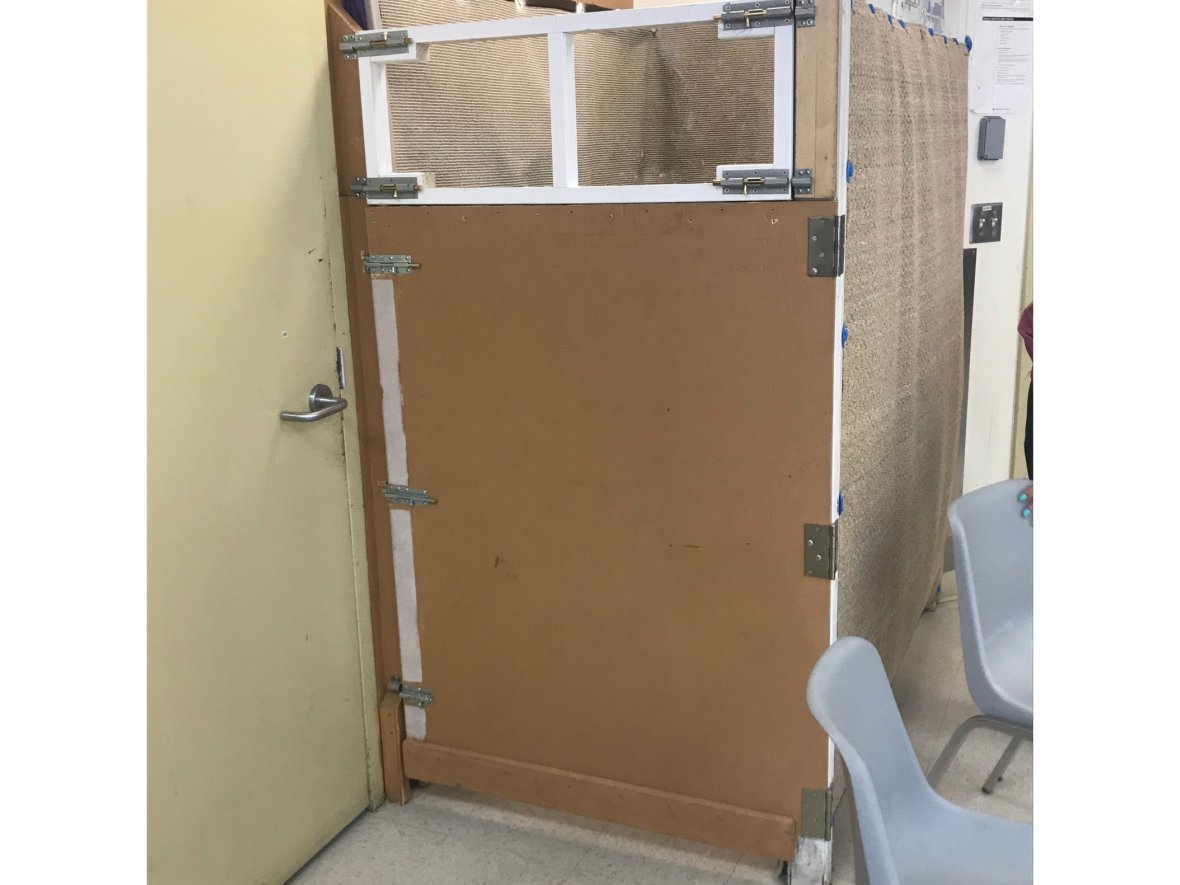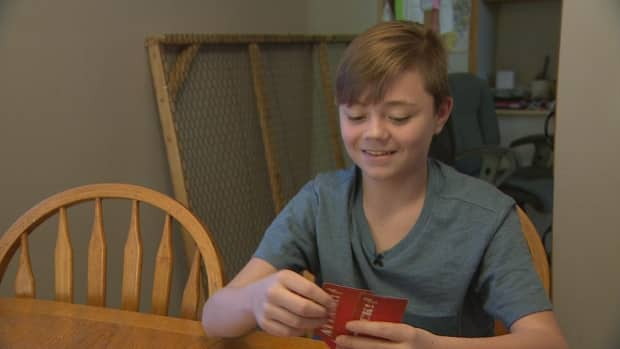The use of seclusion rooms on the rise in Alberta after COVID-19 forced students into remote learning

The use of seclusion rooms in Alberta is on the rise since students returned to the classroom after COVID-19 forced students into remote learning.
Seclusion rooms — a dedicated area in a school intended to provide a quiet and supervised space for a student who poses imminent danger to themselves or others — were banned in Alberta in 2018 by the NDP government but were reintroduced in 2019 after the UCP government took power.
In the 2019-20 school year, the UCP government introduced a ministerial order in October to regulate seclusion rooms and began tracking data. The rooms were used nearly 5,000 times that year, the data shows.
That number excludes April, May, and June of 2020 due to remote learning because of the COVID-19 pandemic.
In the 2021-22 school year, seclusion rooms were used 6,059 times across Alberta.
In the first four months of the current school year, seclusion rooms have been used 2,699 times.
The data was obtained through a Freedom of Information request to the province.
"The ultimate goal is to eliminate use of seclusion rooms ... when I look at the trend from 2019 until now, it looks like we're back up to the pre-pandemic rates," said Alison McInnes, professor emeritus of special education at the University of Alberta.
The data covers public, separate, Francophone, charter and private schools, as well as Private Early Childhood Services operators.
The number of seclusion rooms and the number of students who have been confined in them have also increased.
In September 2020, there were 102 students in seclusion rooms. That number more than doubled by December of 2022 to 238.
Number of students in seclusion rooms
In that same period, the number of seclusion rooms in Alberta schools climbed from 213 to 238.
The cases of seclusion room usage reported to the government close to doubled from 305 to 609.
Under the standards set up by the ministerial order, seclusion rooms and physical restraints should only be used when a student's behaviour poses an imminent risk of serious physical harm to the child or someone else. They cannot be used as a form of punishment or behavioural management.
"There is no evidence that use of seclusion rooms is effective over the short or long term in changing behaviours of concern, and should not be used as a behaviour intervention," McInnes said.
McInnes said in order for the rooms to be effective, seclusion rooms need to completely change into their form by supplying coping resources and have an unlocked door for the child to come out on their own.
"Kids may be offered the opportunity to go to a calm down spot in the school, whether it's a room or just outside the door of the classroom. Then they can calm down, reregulate and then rejoin the classroom. That's a very different situation than being forcibly placed into an isolation setting with locked doors," McInnes explained.

For 13-year-old Carter Naas, who attended a Parkland School Division elementary school, the rooms are all too familiar.
"It was a small room that wasn't being used, it had a desk and a table in it, and they'd hold the door shut when I was trying to get out," Naas explained.
Naas has ADHD, autism, and disruptive mood dysregulation disorder, which he said exacerbated his experiences in the room.
"I would start to get upset and rock in my chair, and then they would yell at me so I would freak out. They would make everyone leave the classroom before they would drag me out so nobody would see," he said.
Now in Grade 8, Carter attends a specialised school two mornings a week, and the rest of the time opts for home-schooling over his fear of being restrained and locked in a room, he said.
Naas' mother, Elizaberth Naas, said the frequency and approach in which her son was put into seclusion rooms left lasting impacts.
"His mood started to deteriorate. He would be extremely wild, acting out, depressed, really evasive with questions," she said.
Number of seclusion rooms in Alberta schools
Parkland School Division told CBC News in an emailed statement that it has eight seclusion rooms, as most were turned into "de-escalation or calm down rooms" when the ministerial order was introduced in 2019.
"This may be any room that can be locked or held closed to keep a student from harming themselves or others," the statement read.
Parkland School Division spokesperson Jordi Weidman added that, "it's actually impossible to quantify the number of de-escalation spaces as any space can be (and is) used as a de-escalation space."
McInnes said Naas is a prime example of a student with higher needs who required coping mechanisms rather than seclusion rooms as a punishment.
"When children are in high levels of distress, they cannot easily communicate about what's going on, especially those with neurodevelopmental disorders or Intellectual disabilities, which can also co-occur with anxiety," she said.
Although they may have good verbal skills when calm and collected, those skills may not be as well developed as those of their peers, and may break down when they are stressed or provoked, McInnes explained.
"I obviously wish seclusion rooms didn't exist but it seems to be a factor in our school system," McInnes said.
In an emailed statement from spokesperson for the Minister of Education, Emily Peckham, she said school authorities are required to follow the provincial standards and guidelines regarding all types of time-out, seclusion and/or physical restraint.
Cases of seclusion room usage


